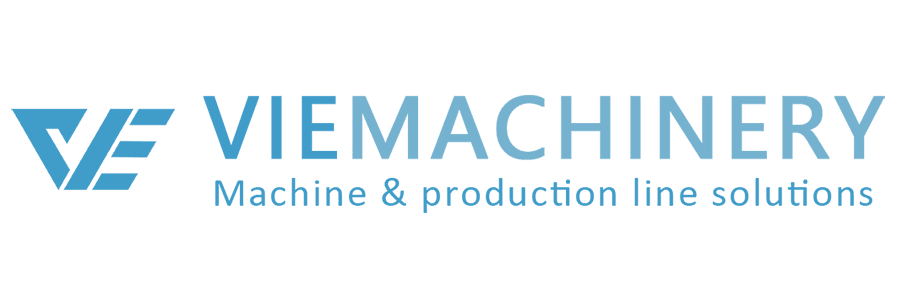Flexographic printing is a widely-used and highly efficient printing method that offers numerous advantages for high-speed production. This article will delve into the flexographic printing process, its steps, and its benefits, providing a comprehensive overview for those interested in understanding this printing technique.
What is Flexographic Printing?
Flexographic printing, often referred to as “flexo,” is a high-speed, roll-feed web printing process that uses flexible relief plates. These plates are typically made of rubber or photopolymer materials. Flexo is known for its ability to print on a wide variety of substrates, including paper, plastic, metallic films, and cellophane. This versatility makes it a popular choice for packaging, labels, and other commercial printing applications.
The Flexographic Printing Process
The flexographic printing process involves several key steps, each of which is crucial for achieving high-quality prints. Let’s break down the process into its main components:
1. Image Preparation
The first step in flexographic printing is preparing the image that will be printed. This involves separating the image into four process colors: cyan, magenta, yellow, and black (CMYK). Each color is transferred to a separate printing plate.
2. Plate Creation
Once the images are prepared, the next step is to create the printing plates. These plates are typically made from rubber or photopolymer materials and are designed to be flexible enough to wrap around the printing cylinder. The plates are created using a laser engraving or chemical etching process, where the image is etched onto the surface of the plate.
3. Mounting the Plates
After the plates are created, they are mounted onto the printing cylinders. This process requires precision to ensure that the plates are aligned correctly, preventing registration errors during printing. The cylinders are then loaded into the printing press.
4. Ink Application
Flexographic printing uses low viscosity inks that dry quickly, preventing smearing and allowing for high-speed production. The ink is stored in an ink reservoir and transferred to the printing plate via an anilox roller. The anilox roller is a critical component that controls the amount of ink transferred to the plate, ensuring consistent and accurate ink distribution.
5. Printing
Once the ink is applied to the plate, the printing process begins. The substrate (material to be printed on) is fed through the press, where it comes into contact with the inked plates. Pressure is applied to the plates, transferring the ink onto the substrate and creating the final printed image. The process is repeated for each color layer, resulting in a full-color print.
6. Drying and Finishing
After printing, the substrate passes through a drying station to cure the ink. Flexographic inks dry quickly, allowing for immediate handling and further processing. Depending on the application, additional finishing steps such as laminating, die-cutting, or varnishing may be applied to enhance the final product.
Advantages of Flexographic Printing
Flexographic printing offers several advantages that make it a preferred choice for many printing applications. Here are some of the key benefits:
- High-Speed Production: Flexographic printing is known for its high-speed capabilities, making it ideal for large-scale production runs.
- Versatility: Flexo can print on a wide range of substrates, including paper, plastic, metallic films, and more.
- Quick Drying Inks: The low viscosity inks used in flexo dry quickly, preventing smudging and allowing for fast handling.
- Cost-Effective: Flexographic printing is generally more cost-effective than other printing methods, especially for large volume jobs.
- High Quality: With advances in technology, flexo can produce high-quality, detailed prints that are both functional and aesthetically pleasing.
Practical Applications of Flexographic Printing
Flexographic printing is widely used in various industries due to its versatility and efficiency. Some common applications include:
- Packaging: Flexo is commonly used for printing packaging materials, including bags, boxes, and wrappers.
- Labels: The process is ideal for producing high-quality labels for products, including food, beverages, and consumer goods.
- Newspapers and Magazines: Flexo is used in the production of newspapers and magazines due to its ability to handle large print runs efficiently.
FAQs about Flexographic Printing
What types of materials can be printed using flexographic printing?
Flexographic printing can print on a wide range of materials, including paper, plastic, metallic films, cellophane, and more. This versatility makes it suitable for various applications.
How does flexographic printing compare to offset printing?
Flexographic printing is typically faster and more cost-effective for large production runs compared to offset printing. However, offset printing may offer higher detail and quality for certain applications. For more details, check out our flexographic printing.
Is flexographic printing environmentally friendly?
Flexographic printing has made significant strides in becoming more environmentally friendly. The use of water-based inks and advancements in technology have reduced waste and improved sustainability.
Can flexographic printing be used for small print runs?
While flexographic printing is most cost-effective for large print runs, it can still be used for smaller runs, especially if the setup costs are justified by the project’s requirements.
What are the maintenance requirements for a flexographic printing press?
Regular maintenance is essential to keep a flexographic printing press running smoothly. This includes cleaning the anilox rollers, checking the printing plates, and ensuring the press is properly lubricated.
Conclusion
Flexographic printing is a versatile and efficient printing method that offers numerous benefits for high-speed production. Its ability to print on a variety of substrates, combined with quick-drying inks and cost-effective production, makes it a popular choice for many industries. Understanding the flexographic printing process and its advantages can help businesses make informed decisions about their printing needs and achieve high-quality results.
Whether you’re in the packaging, labeling, or publishing industry, flexographic printing offers a reliable and effective solution for your printing requirements. Explore more about flexographic printing and how it can benefit your business today!

